
|
|
|
| synonym |
Typhlocyba casta |
| description |
A pale yellowish species, with a yellowish-white to light yellow head, pronotum, and scutellum; sometimes the scutellum is a deep yellow to yellowish-brown. The wings are yellowish-white to whitish with a dark brown transverse band across the middle of the wings. This band is oblique on the corium (outer part of the wing), curving downwards to the costal margins (instead of transversing straight across the wings); this band is narrow and sometimes consists of only several spots or slight traces of of brown near the costal margin. The transverse band is as bold as, but not bolder than the dark brown infuscations around the apical crossveins: the spots around the apical crossveins form a band of their own, typically consisting of four spots in the inner three basal and first apical cells to eight or nine spots in these cells. Individuals that only have four spots making up the apical band usually lack a median transverse band. The abdomen has the dorsum of each segment black on the basal half; the underside of these segments is black in males, yellow or white in females. Adults are 3.25-3.75 mm long. (Christian, 1954)
For images of this species, see: BG. |
| distribution |
Transcontinental, throughout North America (3I) |
| abundance |
Recorded from several counties in the mountains and Piedmont; likely under collected and therefore more abundant in the right habitat. |
| seasonal_occurrence | |
| habitat |
|
| plant associates |
Quercus alba, Q. macrocarpa, Quercus sp. (Christian, 1954) |
| behavior |
Can be attracted at night with a light. |
| comments |
Christian, 1954 stated that the series of specimens collected on Quercus sp. from Franklin, NC differed from typical casta specimens in being slightly larger and having the median transverse band sharply distinct with smooth margins; the ground color was an opaque light yellow. Due to these differences, Christian noted that this form could be a distinct species. If individuals matching this description are found, it is important for them to be collected in order to determine if they truly are separate species. |
status |
[Native:]
[Introduced:]
[Extirpated:] | | list_type |
[Official:]
[Provisional:] |
| adult_id | Unmistakable and widely known Identifiable from good quality photos of unworn specimens
Identifiable from photos showing undersides, or other specialized views [e.g., legs, face]
Identifiable only by close inspection of structural features or by DNA analysis NULL |
| nymph_id | Unmistakable and widely known Identifiable from good quality photos, especially where associated with known host plants
Identifiable from close inspection of specimens or by DNA analysis
Identifiable only through rearing to adulthood NULL |
| G_rank |
|
| S_rank |
|
| rank_comments |
|
| tribe |
Typhlocybini |
| subgenus |
Empoa |
Species Photo Gallery for Empoa casta No Common Name |
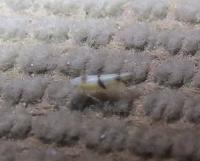 | Photo by: J. Allen Ratzlaff
Buncombe Co.
Comment: https://www.inaturalist.org/observations/16095891 |  | Photo by: J. Allen Ratzlaff
Buncombe Co.
Comment: |
 | Photo by: J. Allen Ratzlaff
Buncombe Co.
Comment: |  | Photo by: Rob Van Epps
Mecklenburg Co.
Comment: Attracted to UV light. Suburban yard near woods. |
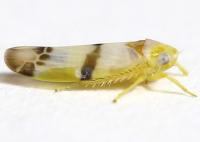 | Photo by: Rob Van Epps
Mecklenburg Co.
Comment: Attracted to UV light. Suburban yard near woods. | 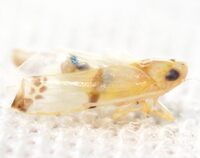 | Photo by: Kyle Kittelberger, Brian Bockhahn
Polk Co.
Comment: male |
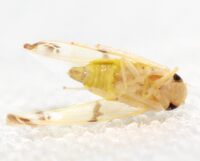 | Photo by: Kyle Kittelberger, Brian Bockhahn
Polk Co.
Comment: male | 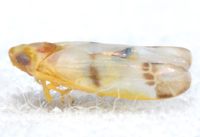 | Photo by: Kyle Kittelberger, Brian Bockhahn
Transylvania Co.
Comment: male |
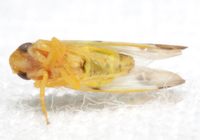 | Photo by: Kyle Kittelberger, Brian Bockhahn
Transylvania Co.
Comment: male | 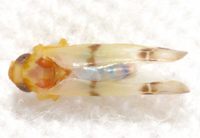 | Photo by: Kyle Kittelberger, Brian Bockhahn
Transylvania Co.
Comment: male |
|

 »
»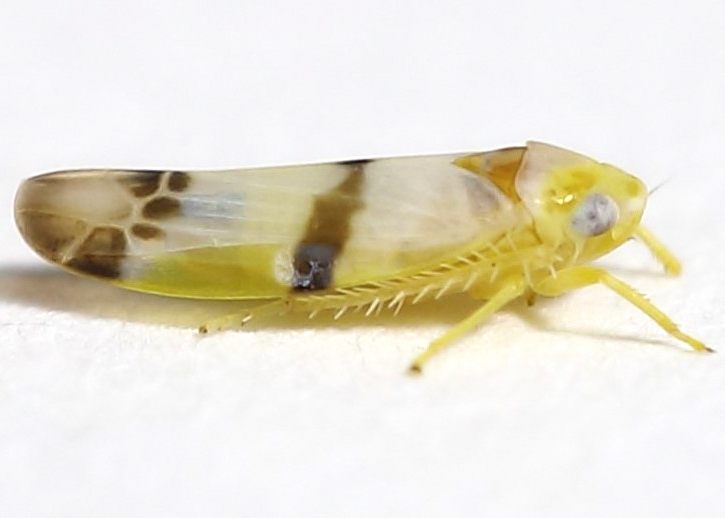

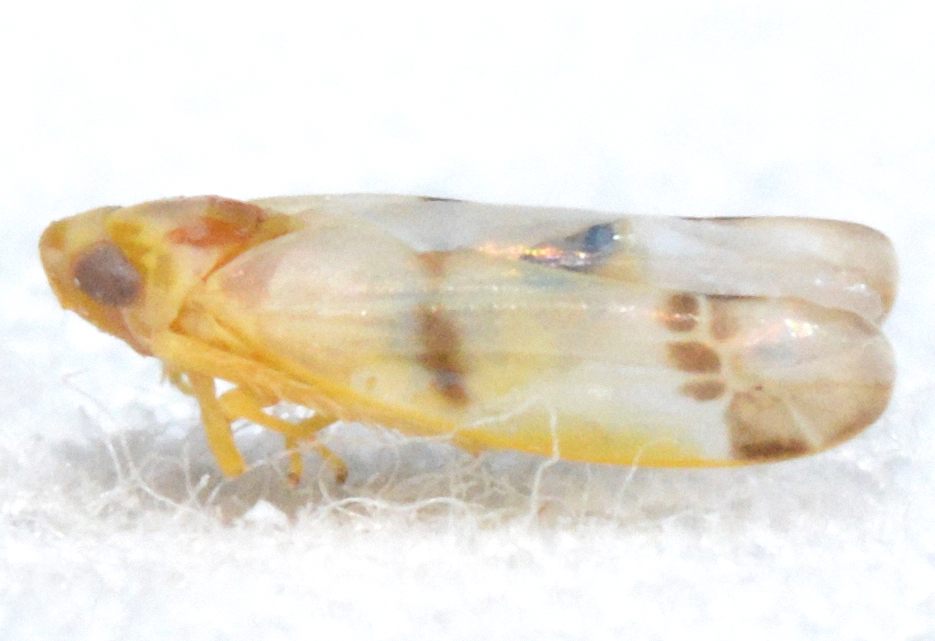

 »
»

